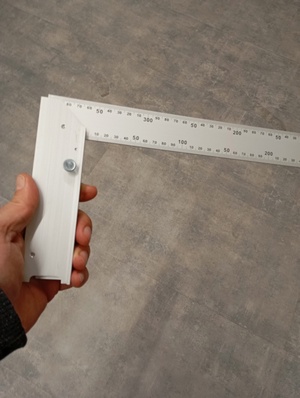The wood love and other emotions in order to enter to the wood “planet” are necessary , but the woodworking tools , are necessary also .
Woodworking “Lovers” need Woodworking Tools .
I suppose even in the ancient times , the “first” human , needed some kind of a tool to cut and shape his trees .
So after the appropriate advices and licence from your forestry agency , the attention to your safety , you have picked your wood piece and you are ready to cut it . And you do so .
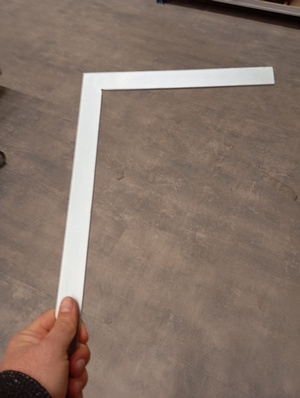
No matter how much money you can give to have a complete series of wood tools , you can have the basics with almost “pennies .
Some hand saws , some metric tools , some hammers ( wooden – iron – rubber ) , some screw drivers , a level tool , some pliers , some planners , some wood pencils , are some of the basic tools , you can have very easily .
Anyway , i think that having some of the primary tools to assist your wood “thirst” is something you can deal with , using your instant inventiveness .
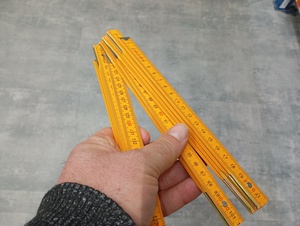
Maintenance tips , for the wooden – metal parts :
1) The Wooden parts maintenance .
There are many different ways to protect your wood from its “enemies” and the external conditions . Of course for the wooden parts of your wood tools you don’t need to use the Shou Sugi Ban method and burn your wood .
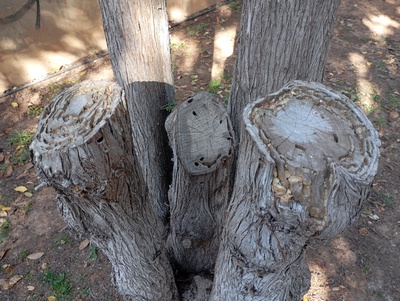
You don’t need also to use the impregnation method , which suits your wooden projects or use tar , grease , cuprum , or any other sophisticated chemical solution .
The wooden parts of the wood tools you can buy outhere , or you already have , are manufactured from the tool factories , to be strong and “tolerant” to many dangers . They are very good planed , to be smooth for your hands and they are covered with a thin layer of polish .
They are very pleasant in the touch , without any dangerous edges which could harm your hands . The “old days” some of them didn’t have any protection on them and the wood pores were free from any kind of polish .
Many times they used wax to cover the wood and that is a very hard “job” . You must have , a very good type of wax and the best wax for all purposes is the bees wax . The pure bee wax , without anything else inside .
But you didn’t have difficulties to find bee wax only . You needed to make it liquid , to cover the wood with a brush . Another serious theme was , that the wax was covered only the outside of the wood surface and didn’t penetrate the wood’s pores .
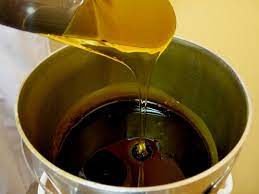
That’s why they rubbed the wax very strongly , in order to warm it so it can penetrate the wood deeply . Tough “job” and the effectiveness is at stake .
Nowdays a very good finishing oil can do way better “job” , by having the ability to go deeper inside the wood . Up to its “heart” and protect it entirely .
Another benefit of the wooden oil against the wax is that in a wax surface , any touch leaves marks with the water being its worse “enemy” .
So is you have a good wood oil and a cloth you can cover the wooden parts of your tools , let the surface “suck” the protecting oil physically and your “job” is done .

You don’t need something else and this process isn’t a process you need to do , very often . According to the use you make to your tools , you adjust this oil protection method .
I suppose 2 or 3 times per year is ok , depending the country you are , the specific weather conditions and the use you do .
If you want to be more “strict” and you want to combine the finishing oil and a very nice wax to “seal” the wooden surface , you can do that , it’s not “restricted” .
Oil your wooden surface , let it dry naturally and then you can wax it , to “seal” the whole process and make the wood more protected and waterproof .
I ‘ve picked some top oil and waxes product suggestions for you , in HERE .

Here i should say that if the wooden surface has marks on it from the use in the forest and wherever else , or cuts , gaps , scars , et.c , you should try to fix them .
Some of these marks can be fixed with a light rubbing with a sand paper , or by using with caution a little wood putty .
You shouldn’t let these marks “open” and unfixed , because from there the wood is vulnerable to moisture , water , et.c . They are “open wounds” for the wood .
I have some best grain fillers and other products for the job , in HERE .
In Greece when they prune the olive trees , or any tree and the tree owner wants to help the “healing” of the tree( because the “wound” is big) , they cover the tree “wound” from the prune with cuprum .
Cuprum works as the “medical iodium” for the open tree big “wound” and protects it from infections . So if your wooden tool handles have these kind of “wounds” , you should fix them .
As a conclusion , for the wooden parts for your wooden part of your tools , the covering with a good’s quality’s oil , is all you need to do .
Be flexible concerning the frequency of the oil coverings and you’ll face , no problems . If they have any marks , hits , or marks , fix them rubbing them or using some wood putty .
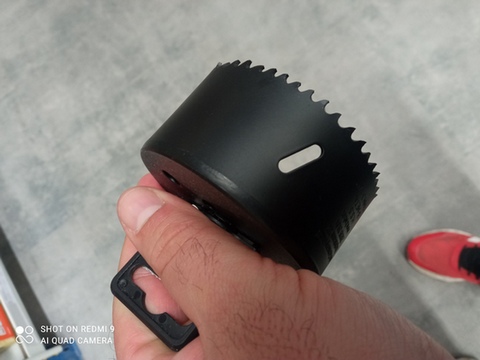
2) The Maintenance of the metal parts .
The number one “enemy” for metal , in the outside world is rust . And rust is made from water and moisture in general . Not only from moisture of course , but water is the number one “enemy” . Other nature – forest fluids can cause rust for the metalic parts .
So after and every single time you use a wood tool and this use includes fluids , you must wipe the metal part and don’t let the fluids “work” on them for a long time .
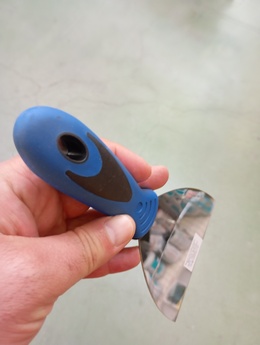
So after the wiping of the metal parts the minute you return home , you should “run” and cover the metals with an anti rust oil , before you’ll storage them in their boxes .
If you don’t have anti rust oil , use whatever “oilish” you can find , but be careful this oil to be suitable for metals .
This is important and you should do it , every time in which your tools are getting “messy” with water , fluids , et.c . In this way you’ll retain your metalic parts in the closest position , as they were when you bought them .
But what happens when the metalic parts have “tons” of rust from the beginning because you didn’t take them fresh new , but from an old warehouse somewhere in a “forgoten” village house ?
What should you do fisrt of all ?
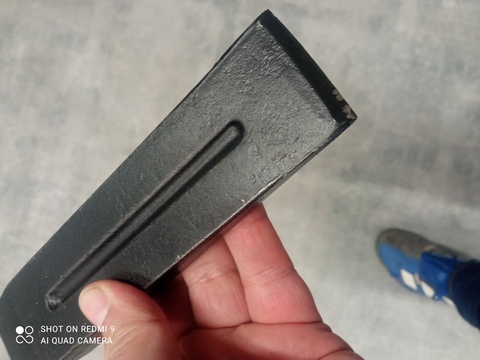
Removing the rust completely by rubbing the metal surface , no matter how many hours you’ll spend . You cannot do anything else before you remove entirely the rust from the tool . Rub it and rub it and rub it , till the metal be 100% clean .
After some relaxation and the satisfaction that you did the hard part of your metal part maintenance , return and cover the metal part with an oil substance .
In here again , if the metail part has gaps on it , “scars” , puddles and stuff like that , you need to clear them very carefully from rust , because rust “loves” these spots .
If you need to use any iron putty to “close” these gaps ? I don’t think so . Small or bigger puddles are common when we’re talking for woodworking tools , from the hits . The one you should always be cautious for it , is rust .
The sandpaper and the rubbing is the solution . If you intend to storage your tools for a long time , covering them with an oil factor . This will protect them efficiently and take a look at them , at a time to time .
Some of the best sandpapers and abrasives for you to supply , in HERE .
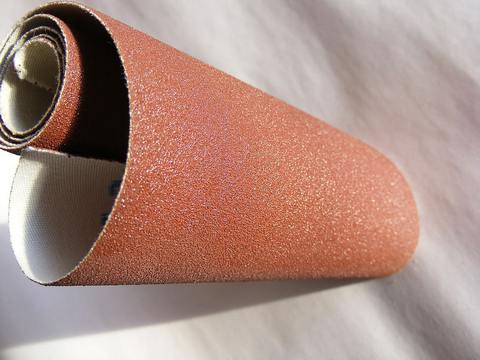
Protect your tools and they’ll Serve you for Years .
Nothing is “immortal” in life and your tools need some kind of protection , from you in order to use them for many , many years . And you don’t want to protect them to last in time only , but to serve you in the maximum grade .
What is the purpose to have a hand saw with great wood “waters” , wood condition and without any rust for its metal part , if it doesn’t have the ability to cut ?
What is the purpose to have a good and with zero rust hammer , if its hitting surface isn’t completely , straight so you can hit the pin with accuracy ?
What is the purpose to have the best plier , if it cannot catch and hold stable anything , because it has very big tolerances between its metal parts ?
So as you can see the correct and “wise” protection of your woodworking tools is something beyond the typical storage in a wood box , or something like that .
Your tools should be protected , while you use them , while you use them hard , while you use them continuously hard , while you use them daily , when you use them above their limits sometimes( this should be avoided of course ) , when you storage them for some days and when you storage them for longer time .
I’ve written a post for this , remember it in HERE .
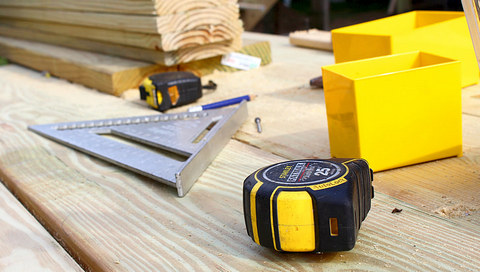
The tools i have and their material are from plastic as some of the metric tools , i don’t do something specific for them . Plastic is material which doesn’t need anything for protection .
The external weather and other conditions of nature , have no affect in the plastic “life” . I suppose you know that if you bury a plastic bag to the ground , let it for 100 years and then you dig it up , it will be the exact same with no damage at all .
If you want to be 100% meticulous and you want to use something to protect the plastic and rubber parts , you can use glycerin .
Glycerin has the very interesting property to attract moisture , so for the rubber and plastic parts this is good , because they use moisture as a “food” to keep them fresh and flexible .
Your woodworking tools are manufactured mostly from wood and metal parts and in some cases , you can see a metal hammer with a plastic or rubber handle .
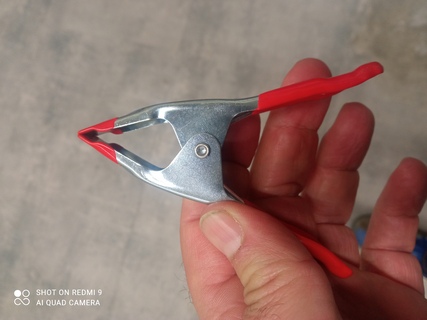
Summary :
1) In order to keep your woodworking tools in best “shape” , a good penetrating protecting oil for the wooden parts will be enough . A little wood putty will fix the puddles and gaps and then you can storage them in their box .
2) Removing entirely the rust of the metalic parts and then covering them with an oil factor will keep the metalic parts of the tools .
Be very carefull to remove the rust from the tiny “scars” and cuts in the metal , caused by the hits . Cover them with oil and storage them , as far from moisture you can .
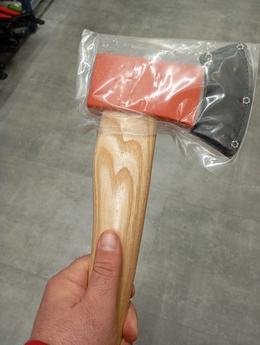
A very Serious Tip coming from the “old school” carpenters .
After the continuous use of an ax to cut something , or a hammer with wooden handle or whatever woodworking tool ( this applies in general) , the connection between the wooden part and the metal part , starts to be loosen than its primary tightness .
This makes the metal part being unstable , as it used to be when it was brand new . To solve this problem , people used to put the tool inside a pot with water , in order to “suck” the wooden part water , become “thicker” and the tool being stable .
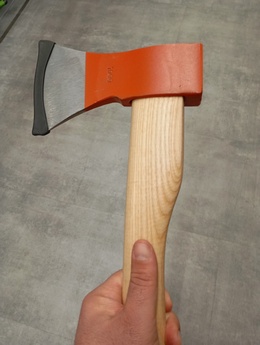
Of course this works . The wood absorbs water and the metalic connection part becomes stable . But , be carefull : only for a little while . When the wood dries , its diameter is returning to the previous state and the problem , still exists .
Of course the water “absorbing thing” , was repeated as many times you wanted to use the tool . But this process makes the wood to rotten . When you’ll grab the tool in your hand it’ll break to the connection with the metal spot .
If you are lucky , the free metal part won’t hit and hurt you . So try to avoid the water “sucking” process . Try to stabilize the tool , by using a screw , a pin , a wedge or something which can make the wood-metal connection , steady .
Try to wedge this pin or screw , between the connection and secure it , as better as you can . This is far better , lasts for years if you do it with great accuracy and it doesn’t affect the “life” of the wooden part .
You can also use also , melted silicone of you have a heat silicone pistol , to secure your wedge – pin , in the wooden part .
I think if you combine all these ( wedge – nail – silicone ) , you’ll make a very strong and steady wood – metal connection for your wood tools .
Work with wood , protect your woodworking tools , create your wood projects of your dreams and “allow” wood to give you happiness .
